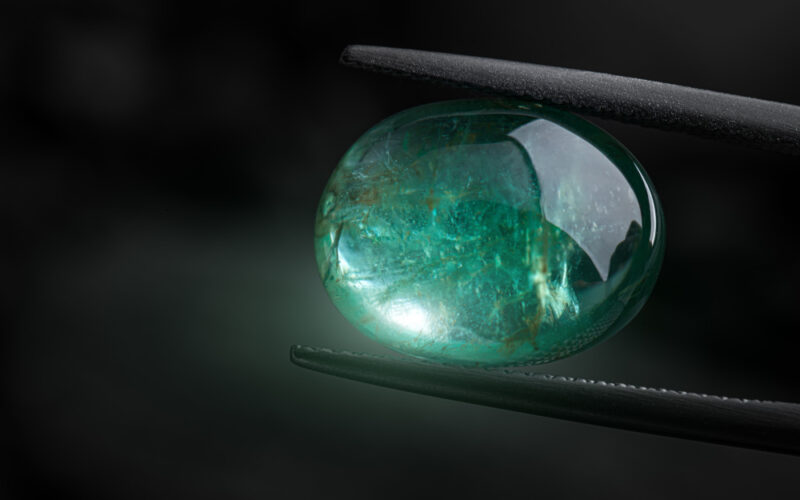Gemstones have always been objects of fascination and desire throughout history. They held significant cultural, religious, and practical value in the Middle Ages. Medieval gemology was the study of gemstones and their properties, and it played a vital role in the lives of medieval people. This essay explores medieval gemology, including its history, methods, and significance.
History of Medieval Gemology
Gemstones have been treasured since ancient times. The ancient Egyptians, Greeks, and Romans valued gemstones for their beauty and believed they had special powers. However, it was during the medieval period that the study of gems became a formalized discipline.
The earliest known treatise on gemology was written in the first century AD by the Roman naturalist Pliny, the Elder. His work, “Natural History,” describes the physical properties of gemstones and their medicinal and magical properties. In the Middle Ages, this work was translated into Arabic and became the basis for much of the Islamic world’s knowledge of gemstones.
During the medieval period, gemology was studied in universities and was an important part of medical education. Physicians believed that gemstones had healing properties and prescribed them as remedies for various ailments. Gems were also believed to have astrological properties, and astrologers used them to make talismans and amulets.
Methods of Medieval Gemology
Medieval gemologists used a variety of methods to study gemstones. They examined the physical properties of gemstones, such as their color, clarity, and hardness. They also studied their chemical properties, such as their composition and reaction to heat and acids.
One of the most common methods of studying gemstones was through lapidary. Lapidary was the art of cutting and polishing gemstones to enhance their beauty and reveal their internal properties. Lapidaries used a variety of tools, such as diamond-tipped drills and grinding wheels, to shape and polish gemstones.
Another method of studying gemstones was through gem engraving. Gem engravers carved intricate designs into gemstones, creating highly praised works of art in the Middle Ages. These designs often included religious images and inscriptions and were used to craft jewelry and other decorative objects.
Significance of Medieval Gemology
Gemstones held significant cultural, religious, and practical value in the Middle Ages. They were often used as symbols of power and wealth and were associated with royalty and the Church. Gemstones were also used in medicine and were believed to have healing properties.
One of the most significant uses of gemstones in the Middle Ages was in religious art and architecture. They helped to create religious icons, such as the jewel-encrusted cross at the center of the Crown of Saint Wenceslas in Prague. Gemstones were also able to decorate churches and cathedrals, such as the stained glass windows at Chartres Cathedral in France.
Gemstones caught the eye of many and were often used in jewelry and fashion. The medieval nobility often wore elaborate jewelry that included gemstones, such as pearls, rubies, and emeralds. These jewels were often set in gold or silver and were worn as a sign of wealth and status.
In addition to their cultural and religious significance, gemstones were also used for practical purposes. For example, gemstones were used in medicine as remedies for various ailments. They were also used in industry, such as the use of garnets as an abrasive for cutting and polishing other materials.
Conclusion
Medieval gemology was an important discipline that played a vital role in the lives of medieval people. It was a complex field that involved the study of the physical and chemical properties of gemstones, as well as their cultural, religious, and practical significance.
References
Tait, H. (1972). The Medieval Lapidary. Journal of the Warburg and Courtauld Institutes, 35, 1-28.
Holmyard, E. J. (2020). Alchemy. Encyclopædia Britannica. https://www.britannica.com/topic/alchemy
Smith, C. (1984). The Symbolism of Gemstones in the Middle Ages. Artibus et Historiae, 5(10), 9-18.
